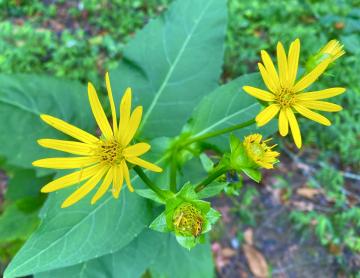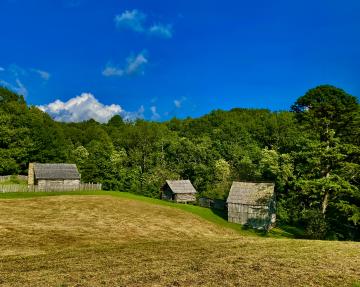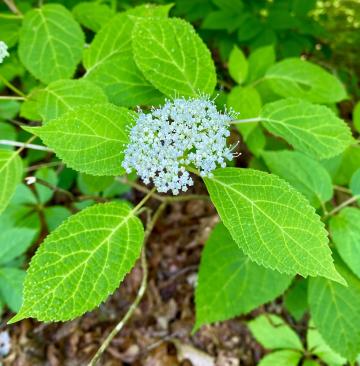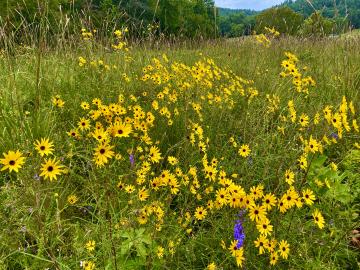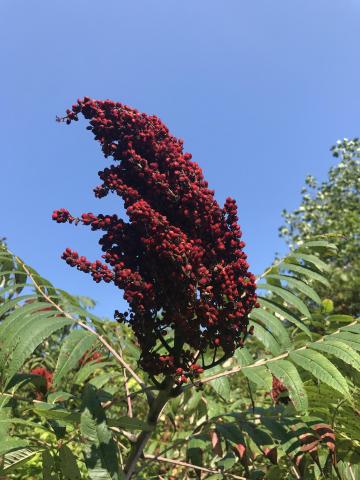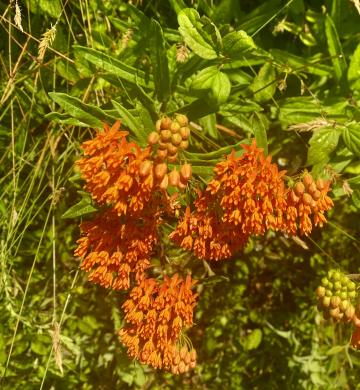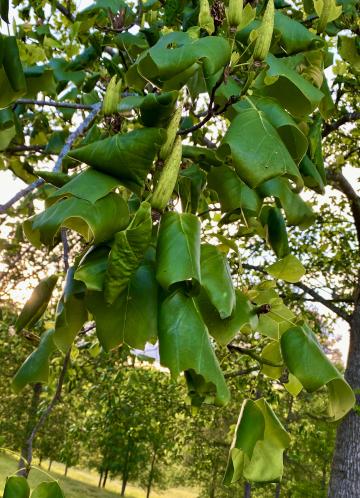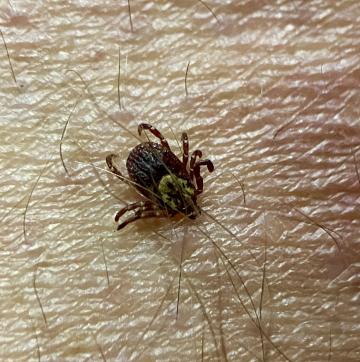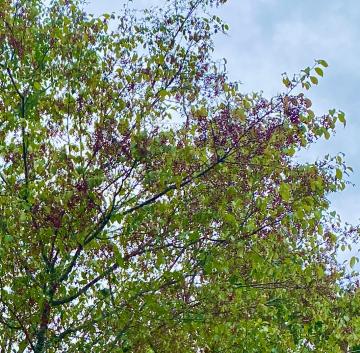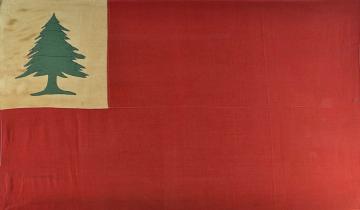Late Summer Flower Show
When it comes to wildflowers that show up in August and September, two things stand out: yellow is by far the dominant color you’ll see, and many of the flowers have a complex flower structure termed a composite, made up of many flowers. You have to look close to actually see what’s going on here, so let me dive in.
- Read more about Late Summer Flower Show
- Log in to post comments
